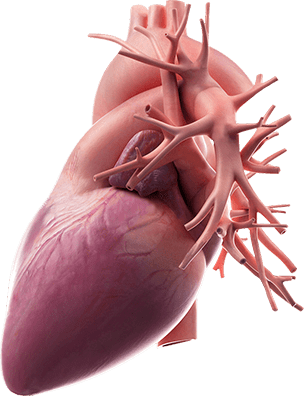DNA test for genetic predisposition to atrial fibrillation
Atrial fibrillation (auricular fibrillation) — is one of the most common forms of rhythm disturbance. About 2% of the world's population suffers from this dangerous cardiovascular disease, which increases the risk of thrombembolia and other vascular accidents.




